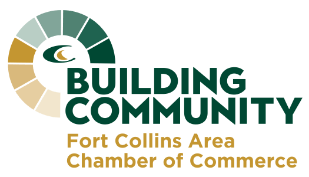Newgeography.com is one of my favorite Web sites. For people interested in cities and the issues impacting them, newgeography.com is a candy store of insights and information.
In a recent article titled “A Detailed Look at Workforce Skill Shortages,” Brian Points of Economic Modeling Specialists, Inc. analyzed 661 Standard Occupational Codes relative to jobs and earnings between 1999 and 2010 to identify two things: potential skills shortages and potential skill surpluses.
Among the findings:
- A structural employment issue exists as evidenced by what he calls the “odd pairing of high unemployment and high job vacancies.” In April there were 13.2 million unemployed workers in the U.S. but 2.9 million unfilled jobs. The structural issue is that many unemployed workers don’t have the skills employers need. This jibes with stories I’ve heard from a couple of employers in Northern Colorado.
- The trend continues toward jobs with higher knowledge-content, which means employers continue to shift away from manual labor to higher skilled labor. Another aside here is that employers tell me that government has made hiring people such a high risk that they need to be careful in their hiring to get productive (which usefully means technically competent) employees.
- Occupations topping the list of Potential Skills Shortages are registered nurses, accountants, medical managers, pharmacists and speech-language pathologists. A few surprises on the list include loan officers, claims adjusters and financial analysts.
- Occupations topping the list of Potential Skills Surpluses were heavily weighted in the construction trades.
These trends have implications at many levels including workforce development activities, education and human resources. You can find the report here.
